A NUS team has reported a highly efficient ORR electrocatalyst derived from an iron-based metal–organic framework (MOF).
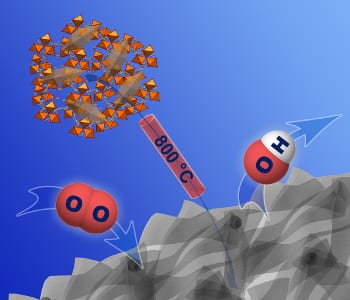

A NUS team has reported a highly efficient ORR electrocatalyst derived from an iron-based metal–organic framework (MOF).
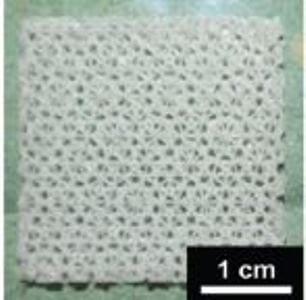
Researchers synthesized a copolymer scaffold from Polycaprolactone (PCL) and poly-D, L-lactic acid (PDLLA) for potential breast tissue engineering.

ASK Chemicals expands its product portfolio with the addition of pre-coated sand that is used in the shell molding process.
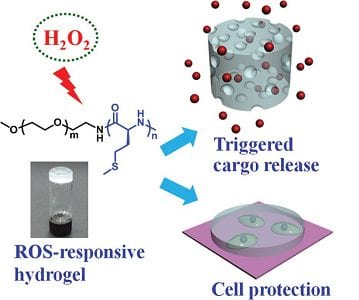
Researchers designed and synthesized a novel ROS-responsive thermogelling hydrogel based on methoxy poly(ethylene glycol)-poly(L-methionine) diblock copolymers.
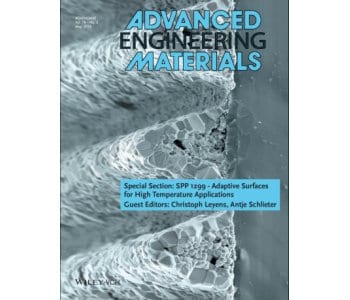
This special section presents highlight from the collaborative research group “Adaptive surfaces for high temperature applications – the skin concept”.
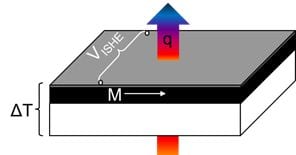
A newly discovered phenomena enables the separation of the key physical parameters that limit the efficiency of conventional thermoelectrics.
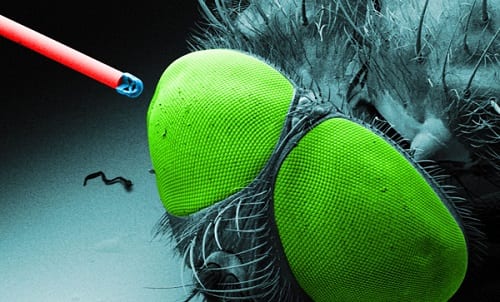
Researchers at University of Stuttgart created optical lenses which are hardly larger than a human hair.
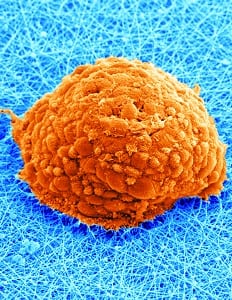
A patient-derived stem cell source offers great potential for individual-tailored cell therapies and regenerative medicine.

Sheng Liu, Igal Brener, Mike Sinclair and other co-workers from Sandia National Laboratories demonstrated both two-dimensional and multilayer (3D) dielectric metamaterials made from III-V semiconductors (elements from groups III and V on the periodic table) using a monolithic fabrication process.